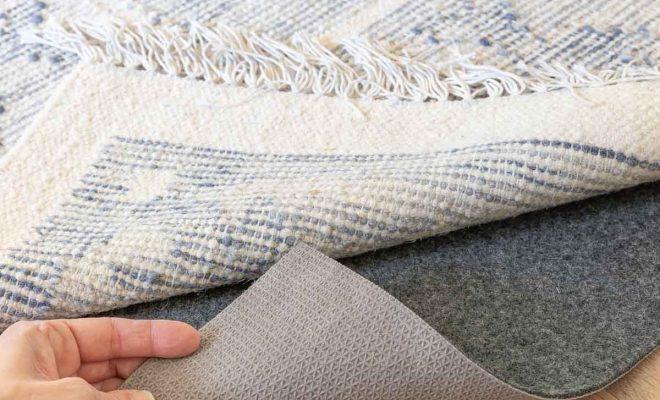Weatherstripping: A Cost-Effective Method to Lower Your Winter Utility Bills

As winter fast approaches, many homeowners are bracing for the hefty heating bills that accompany dropping temperatures. Fortunately, a simple and incredibly cost-effective solution exists: weatherstripping. For under $10, you can tackle drafts and leakage in your home, potentially saving a significant amount on your utility expenses over the cold months.
How Weatherstripping Works
Weatherstripping involves the application of materials—like foam tape, rubber, or vinyl—to seal gaps around windows and doors where air infiltrates. These gaps allow warm air to escape and cold air to enter, forcing your heating system to work overtime. Weatherstripping effectively traps in heat and keeps out the cold.
Choosing The Right Materials
The most affordable options that you can often find for under $10 include foam tape, felt, and v-strip (or tension seal). Foam tapes are adhesive-backed and easy to install; they work well on irregularly shaped gaps. Felt is inexpensive and can be nailed or glued into place. However, while it is less durable than other materials, when budgets are tight, it’s a decent short-term fix. The V-strip is a durable plastic or metal strip that springs open to bridge gaps.
DIY Weatherstripping
DIY weatherstripping is an easy weekend project:
1. Identify drafty areas by holding a lit candle near windows/doors—flickering flame suggests air leaks.
2. Clean the surfaces where you’ll apply weatherstripping to ensure good adhesion.
3. Cut the weatherstrip material to size.
4. Firmly apply it along the frame where the window or door closes.
Benefits Beyond Cost Savings
Aside from lowering utility bills, weatherstripping can also improve comfort by eliminating drafts and may help prevent dust and insects from getting inside. Moreover, reducing the workload on your heating system not only saves money but also extends its lifespan.
In conclusion, incorporating weatherstripping into your winter preparation is a smart move for cost-conscientious homeowners. With a minimal investment and some elbow grease, you can enhance your home’s thermal efficiency dramatically. Remember that this small act of maintenance not only pads your wallet but also contributes to energy conservation efforts on a broader scale.




